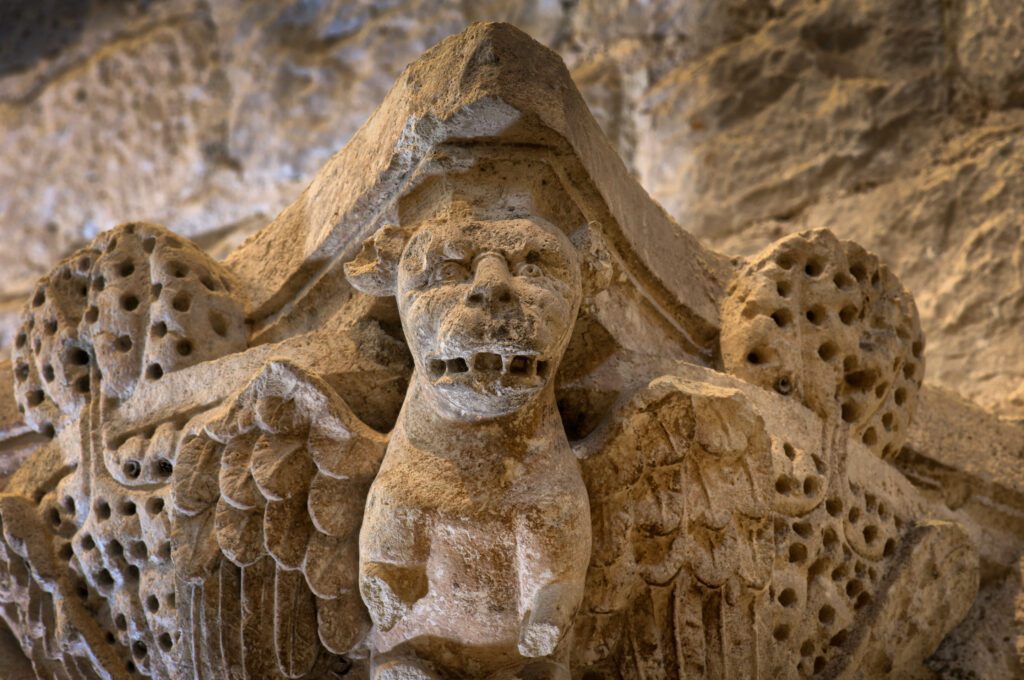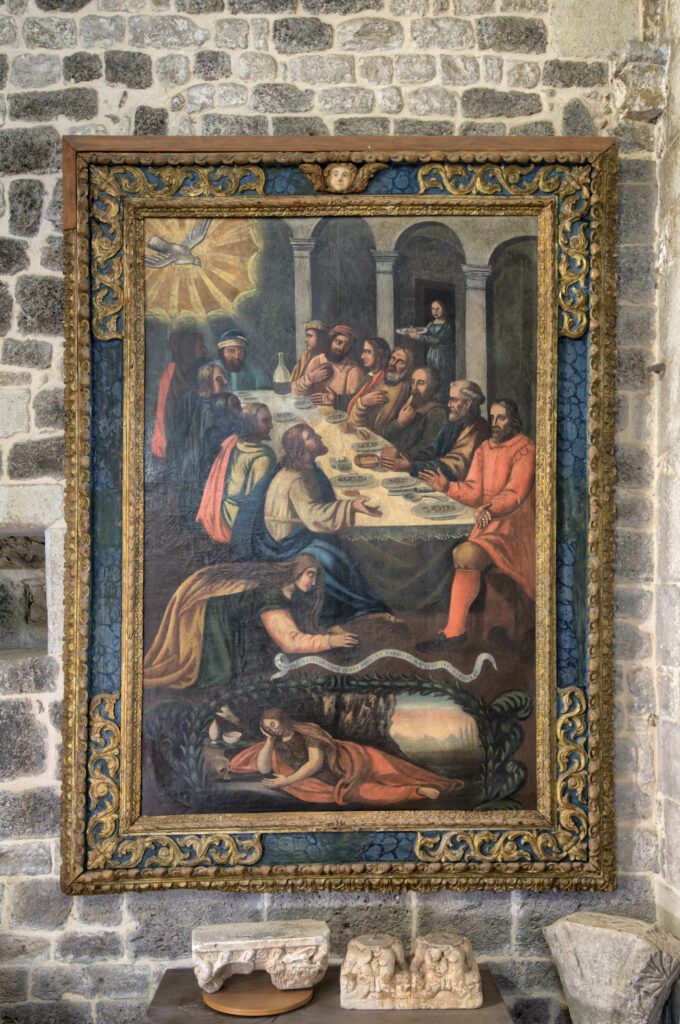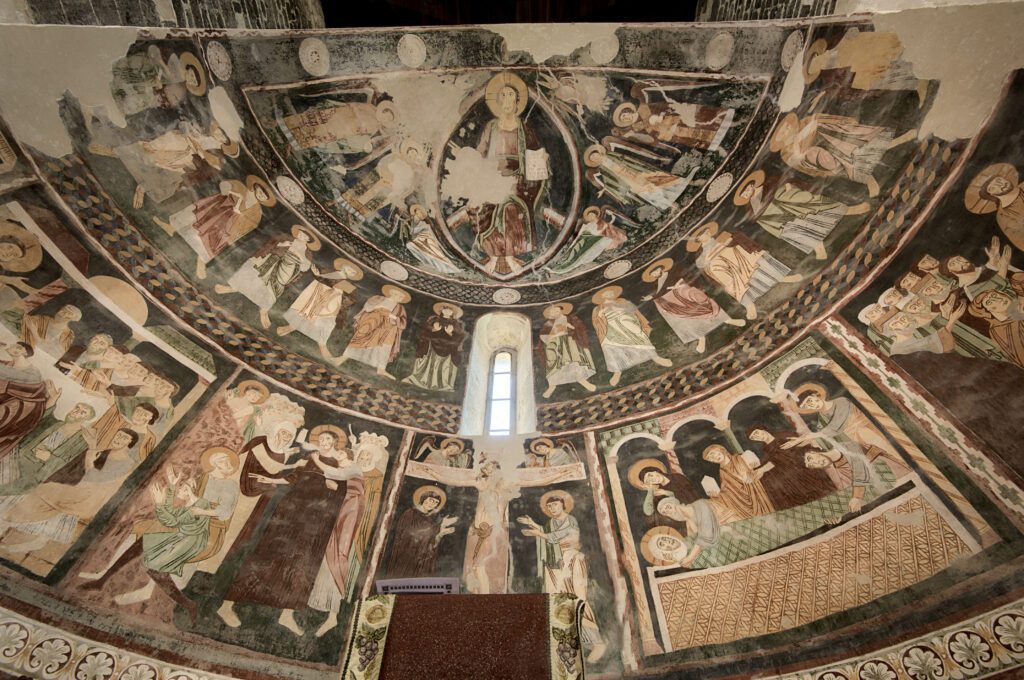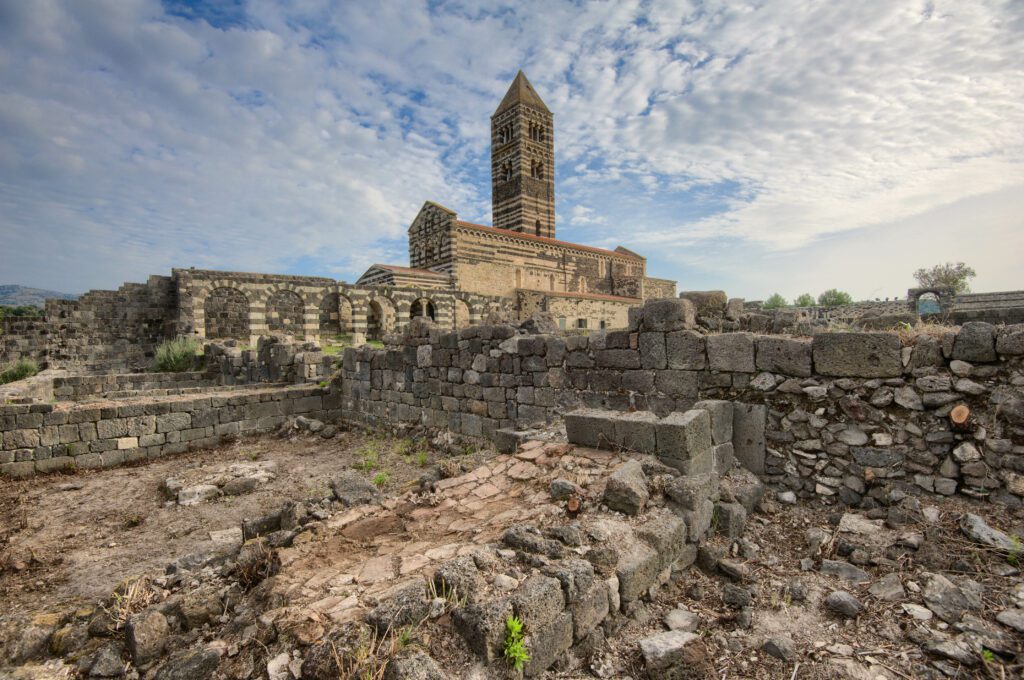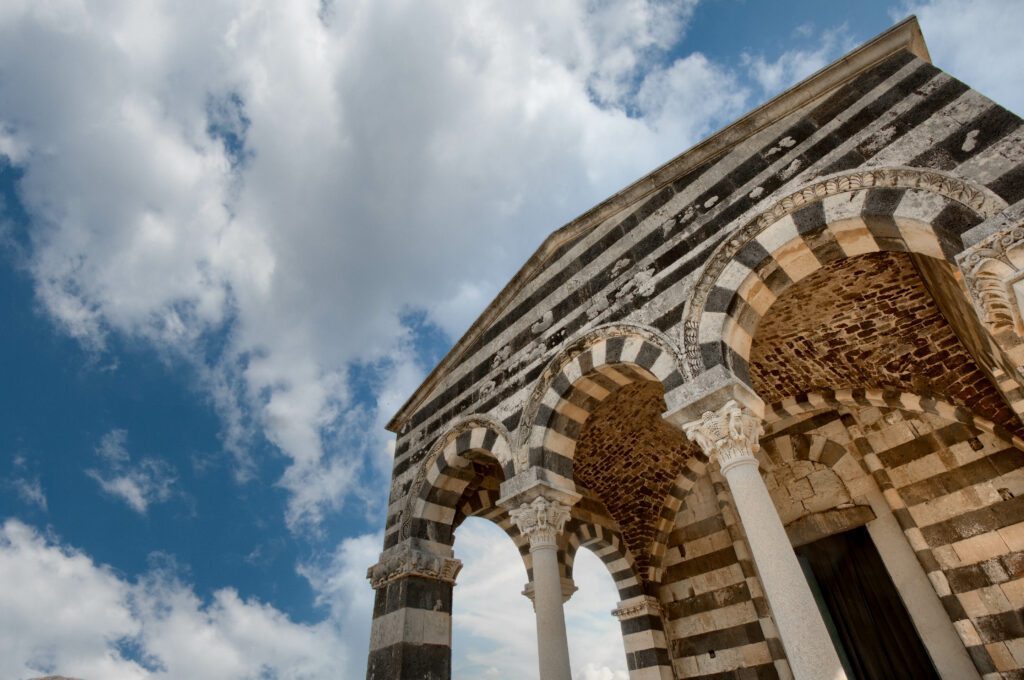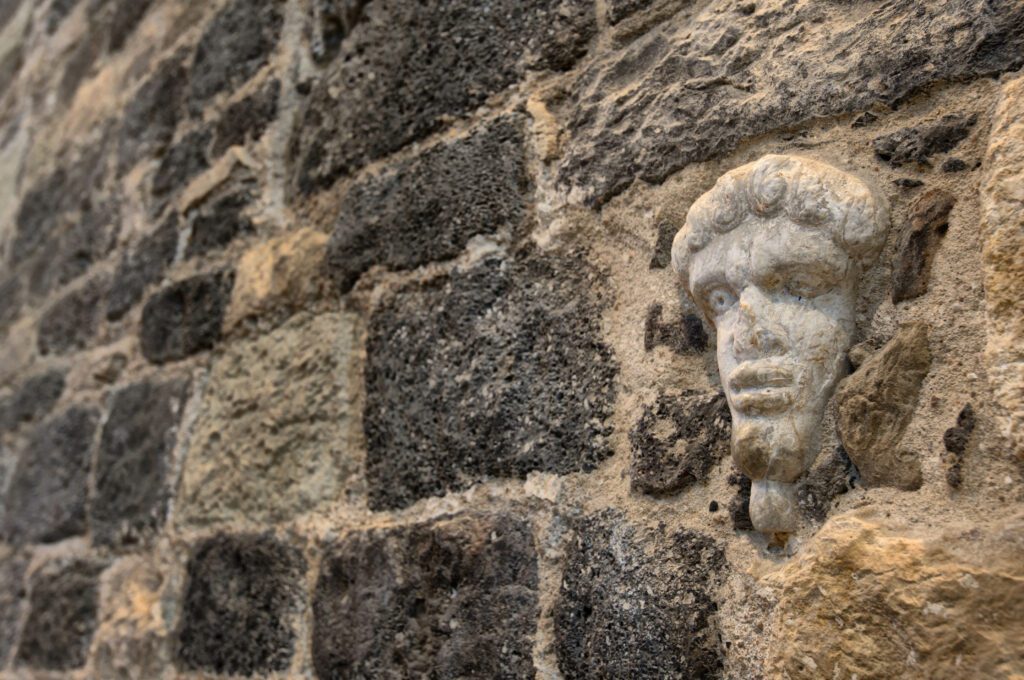Chiesa della Santissima Trinità di Saccargia
Chiesa della Santissima Trinità di Saccargia
The Church of the Holy Trinity of Saccargia, located in Codrongianos, stands as the emblem par excellence of Romanesque architecture in Sardinia. Its majestic presence dominates the surrounding rural landscape, distinguished by the sophisticated use of two-colouring that characterises its exterior. This construction technique, which skilfully alternates materials of different colours, creates a visual effect of extraordinary impact, reflecting the influence of the 12th-century Pisan-Pistoiese masters and testifying to the cultural and artistic exchanges of the time.
The interior of the church holds a treasure of inestimable historical and artistic value: in the apse, rare examples of Romanesque frescoes are preserved, a peculiarity in the Sardinian artistic landscape. These mural paintings not only enrich the building from an aesthetic point of view, but also constitute a valuable testimony to medieval sacred art on the island.
The construction of the church, begun in 1112, is part of the broader context of the Camaldolese possessions in Sardinia, highlighting the significant role of this monastic order in the diffusion of architectural and cultural models in the island's territory during the Middle Ages.
Architecturally, the church has a "commissa" (T-shaped) cross plan, a planimetric solution charged with Christological symbolism. The three apses, covered by elegant cross vaults, give the building a structural complexity that enhances its architectural value.
Despite the restoration work carried out in the 19th century, which could have altered its original appearance, the Church of the Holy Trinity of Saccargia has kept its extraordinary beauty intact. These works, conducted with sensitivity and respect for the original structure, have helped to preserve this jewel of Romanesque architecture, allowing us to admire it today in all its magnificence.
The Holy Trinity of Saccargia is therefore not only an architectural masterpiece, but also a historical document of primary importance, bearing witness to the evolution of art and spirituality in Sardinia over the centuries.

 ►
Explore 3D Space
►
Explore 3D Space


